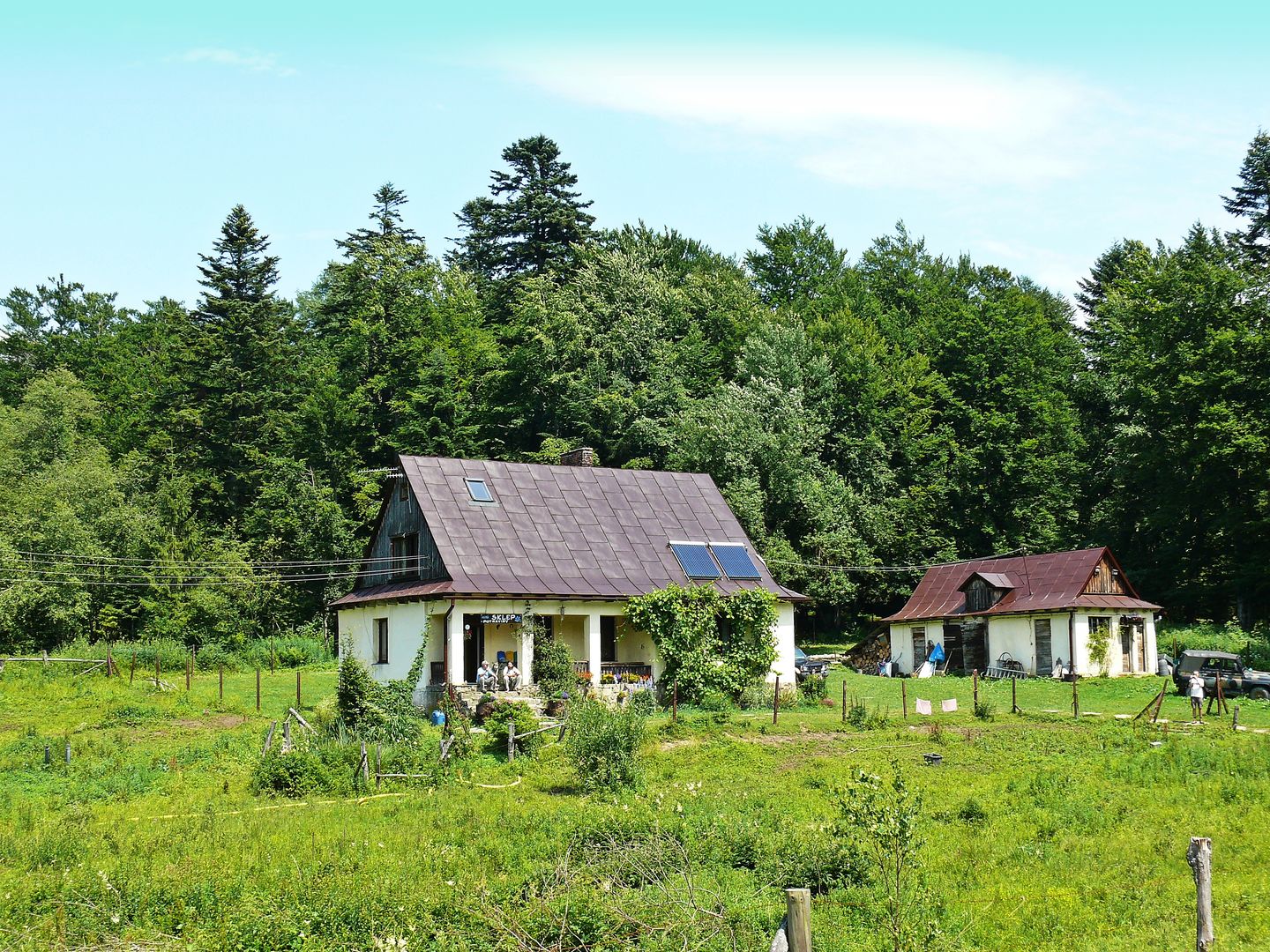Balnica
6.07

Overview
Balnica is a settlement located in the Podkarpackie Voivodeship, in the Sanok district. It was established as a royal village under Wallachian law in 1549 on the initiative of Ivan Stecz, a prince from Wola Michowa. Formerly known as Bannica, the village developed dynamically, reaching 17 cultivated lan (a historical unit of land measurement) by 1616. Tragic events marked the history of Balnica, such as the invasion by George II Rákóczi's troops in 1657 and plundering in 1686, which led to significant destruction of the locality. In the 18th century, after the First Partition of Poland, the settlement became part of the Sambir district. Balnica witnessed infrastructure development when a narrow-gauge railway line was launched here in 1898. In 1921, the village had 470 inhabitants, mainly Greek Catholics, as well as Roman Catholics and Jews. After World War II, as a result of Operation "Vistula" in 1947, the Lemko inhabitants were resettled, leading to the disappearance of the village. To this day, only the ruins of a church and a chapel with a miraculous spring remain, which have become a place of worship. Legends associated with the chapel tell of miraculous healings that attracted the faithful. In 2006, a 17th-century church bell was discovered, and nowadays, charcoal burning is conducted in the valley. Balnica is also the final station for tourists using the narrow-gauge railway, and its unique hiking trails attract mountain trekking enthusiasts. It is also worth mentioning Stephen Sulyk, the Greek Catholic Metropolitan of Philadelphia, who comes from Balnica. The village combines history, culture, and architecture, remaining a significant point on the map of the Podkarpacie region.
Location
You can also find here:
2025 Wizytor | All Rights Reserved
